The Enigmatic Black Widow Spider: A Comprehensive Look
The black widow spider, a name that evokes both fear and fascination, is an iconic arachnid recognized worldwide. Beyond sensationalized stories lies a creature of complex behavior, ecological importance, and surprising vulnerability. This article explores the life of Latrodectus species, covering their biology, behavior, habitat, and place within the natural world.
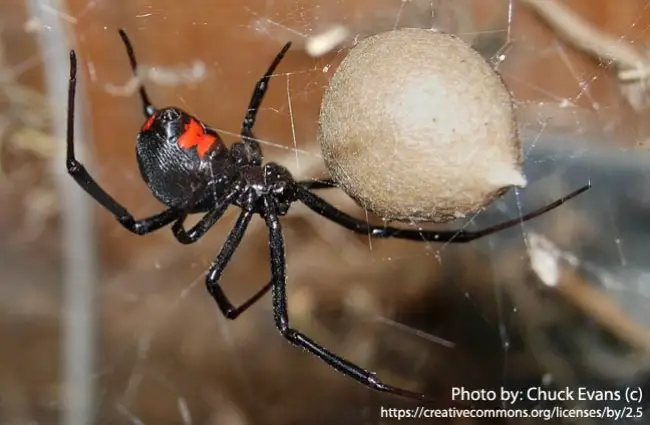
Identifying the Black Widow
Several species fall under the “black widow” umbrella, yet they share key characteristics. Female black widows are noticeably larger than males, typically measuring around half an inch in body length. Their bodies are glossy, dark brown to black, and often adorned with a distinctive red hourglass marking on the underside of the abdomen—though the shape and color can vary between species and even individuals. Males are much smaller, pale, and lack the prominent hourglass, making them easy to mistake for harmless spider species.
Habitat and Distribution
Black widow spiders are found on every continent except Antarctica. They thrive in temperate zones but can adapt to a variety of habitats, including tropical regions. These spiders prefer dark, sheltered locations such as woodpiles, rock crevices, under decks, in sheds, garages, and abandoned rodent burrows. They are often found in agricultural areas and gardens, especially in the southern United States where they are particularly common. Their webs are irregular and built in protected areas, not the neat symmetrical patterns of some other web‑building spiders.
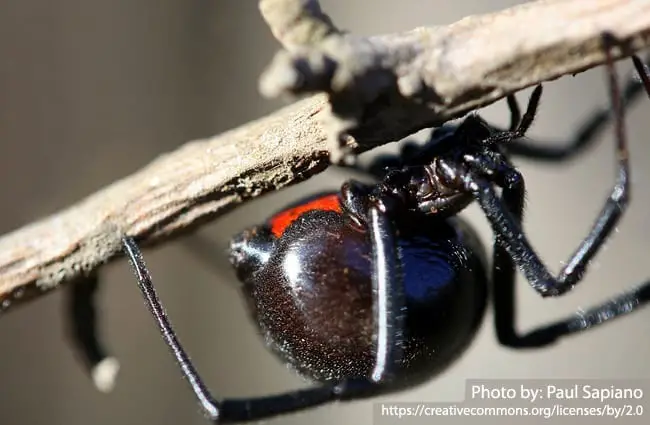
Diet and Hunting Strategy
Black widows are carnivores that feed primarily on insects. Their diet includes grasshoppers, crickets, beetles, caterpillars, and occasionally larger prey such as small rodents or other spiders. They are not active hunters; instead, they rely on their strong, tangled webs to trap unsuspecting victims. Once an insect becomes entangled, the black widow quickly immobilizes it with a bite, injecting venom that kills and begins to pre‑digest the prey. The spider then wraps the prey in silk, creating a cocoon for later consumption.
Life Cycle and Reproduction
The black widow’s reproductive strategy is perhaps its most famous and notorious aspect. Mating is a risky affair for the male. The female often kills and consumes the male after—or sometimes during—mating. This behavior, while dramatic, is not universal and can be influenced by factors such as the female’s hunger level and the size of the male. It is believed to provide the female with vital nutrients for egg production.
The female black widow produces hundreds of eggs and encloses them in a silken egg sac. She fiercely guards this sac until the spiderlings hatch. Upon hatching, the spiderlings disperse, often carried by wind currents using silk “balloons.” The young spiders undergo several molts as they grow and mature, eventually reaching adulthood.
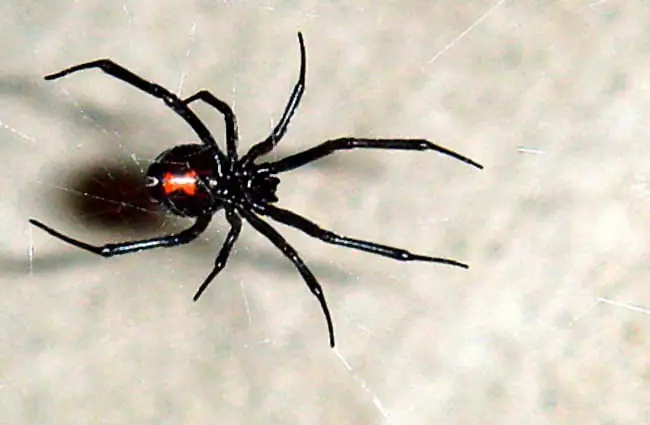
Venom and Bites: What You Need to Know
Black widow venom is a neurotoxin that affects the nervous system. Bites are rarely fatal to humans but can cause significant pain, muscle cramps, nausea, and difficulty breathing. Symptoms typically appear within 20 to 60 minutes and can last for several days.
If bitten, remain calm, clean the wound with soap and water, and seek medical attention. An antivenom is available, but it is often unnecessary, as most bites resolve on their own with supportive care. Not all bites result in envenomation, meaning venom is not always injected.
Ecological Role and Interactions
Black widow spiders help control insect populations, contributing to the overall health of their ecosystems. They are preyed upon by birds, lizards, and other predators. Their webs provide habitat for other small invertebrates. While sometimes seen as pests, they are a natural component of many environments.

Black Widows and Human Culture
The black widow spider has captured the human imagination for centuries, often symbolizing danger, seduction, and female power. The name itself stems from the perceived “dangerous” relationship between the female and male, alluding to post‑mating cannibalism. This symbolism is prevalent in literature, art, and film, contributing to the spider’s often exaggerated reputation.
Advanced Biology and Evolutionary History
The Latrodectus genus has a relatively ancient evolutionary history, with fossil evidence suggesting their presence dates back to the Oligocene epoch. Their venom composition is complex, containing alpha‑latrotoxin, which causes the release of neurotransmitters leading to neuromuscular dysfunction. Genetic studies reveal variations within different black widow species, contributing to adaptations to specific environments. Phylogeographic research traces their dispersal patterns and evolutionary relationships across continents.
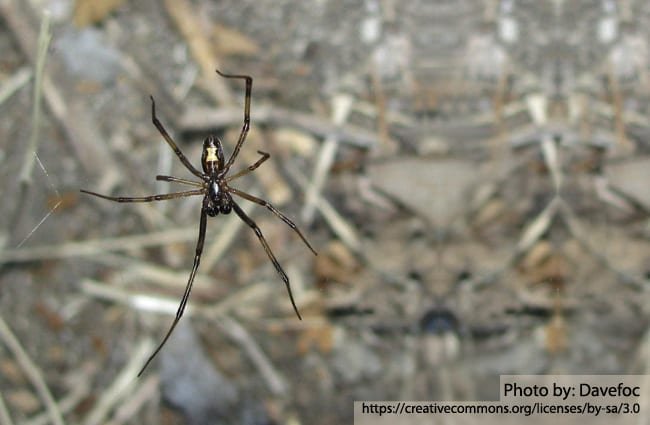
Caring for Black Widows in Captivity
Keeping black widows as pets requires specialized knowledge and caution. Enclosures should be secure, escape‑proof, and provide a suitable substrate for web‑building. They require a relatively humid environment and a consistent supply of live insects for food. Careful handling is essential, and it is best to avoid direct contact. Regular cleaning helps prevent waste buildup and maintains a healthy environment.
Spotting Black Widows in the Wild
When venturing into potential black widow habitat, be mindful of your surroundings. Wear gloves and long sleeves when handling woodpiles or working in sheds and garages. Inspect dark, sheltered areas before reaching into them. Be cautious when overturning rocks or logs. Avoid disturbing their webs to prevent encounters.
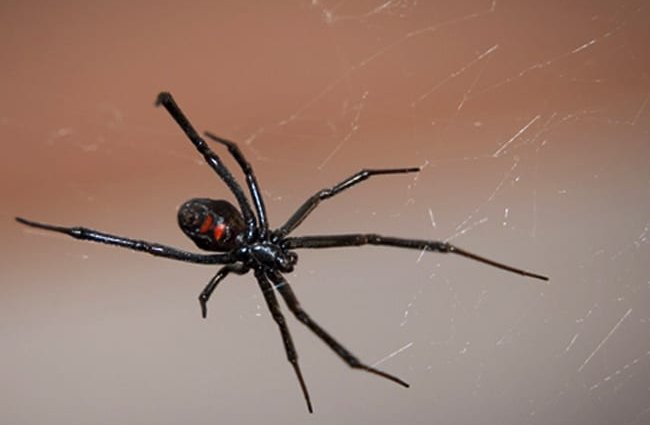
Interesting Facts
- Black widow silk is incredibly strong and is being studied for potential use in materials science.
- Spiderlings disperse by “ballooning,” using silk to catch the wind and travel long distances.
- The venom contains components being investigated for potential medicinal properties.
- Males may attempt to mate with females that have recently consumed other males, a behavior that highlights the complexity of their mating strategies.
- Different species of black widows exhibit variations in venom potency and bite severity.
- The hourglass marking is not always a perfect shape and can sometimes be absent altogether.
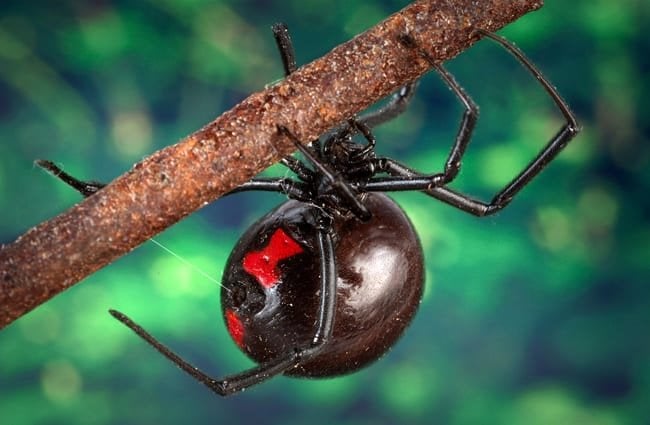
Conclusion
The black widow spider is a fascinating creature deserving of respect and understanding. While its reputation as a dangerous predator is well earned, it is also a vital part of the ecosystem, a captivating subject for scientific study, and a powerful symbol in human culture. By learning more about this remarkable spider, we can appreciate its complex biology, ecological role, and enduring place in the natural world.
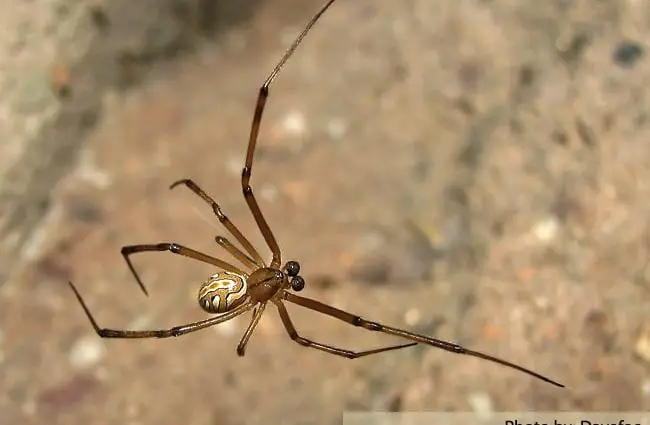

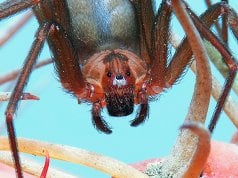
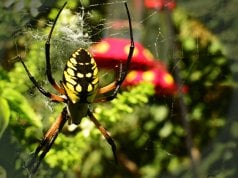
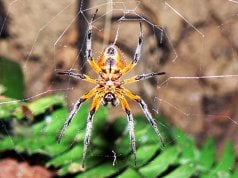

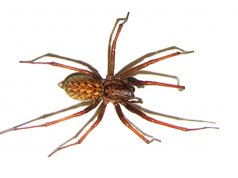
![Red Angus Closeup of a beautiful Red Angus cowPhoto by: U.S. Department of Agriculture [pubic domain]https://creativecommons.org/licenses/by/2.0/](https://animals.net/wp-content/uploads/2020/03/Red-Angus-4-100x75.jpg)

